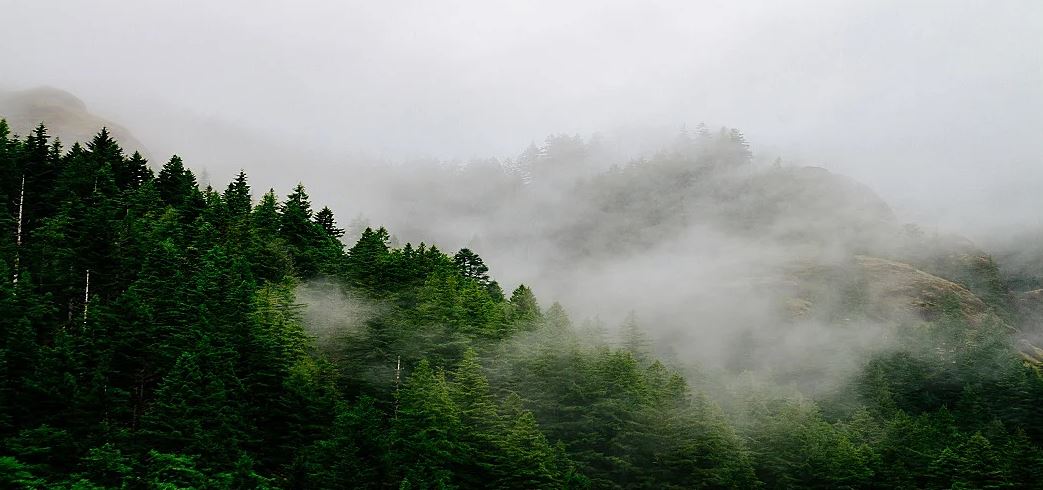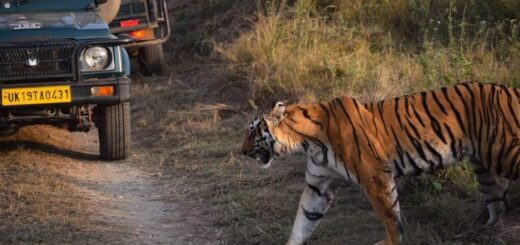Make the Chill Thrills of Winter Vacation Synonymous with Jim Corbett
Corbett National Park stands out as one of the largest and oldest national parks in Asia. The ideal time to explore this renowned destination spans from October to February, covering the winter months. Picture the fascinating visual treats during these months, the park becomes a birdwatcher’s dreamland. You’ve got all kinds of birds showing up, flaunting their vibrant feathers and adding a symphony of chirps to the air. And it’s not just the birds; the whole wildlife scene comes alive. The winter landscape also showcases an enchanting variety of mammals and reptiles, including the majestic Bengal tiger and other unique species.
Now, if you’re the type who enjoys a laid-back stroll or a bit of hiking surrounded by nature, winter in Corbett is where it’s at. The weather is just perfect – cool enough to keep you comfortable and pleasant enough to make every outdoor adventure a joy. And get this, all the safari zones are open for business during winter, so you can hop on board for some heart-pounding wildlife safaris.

But wait, there’s more! You can crank up the experience by booking a stay in one of the cozy resorts within the park zones. Imagine waking up to the sounds of the wild, right outside your doorstep. Corbett in winter isn’t just a wildlife haven; it’s a whole vibe – a mix of thrilling wildlife encounters and easy-breezy exploration. Corbett during winters becomes a sanctuary for nature enthusiasts, offering a distinctive blend of wildlife encounters and serene exploration.
Why make Jim Corbett a winter wonderland?
Well, to know why winters are considered the Best time to visit Corbett, go through the following reasons mentioned below.
- Mild Climate and Pleasant Weather
In the embrace of winter, Jim Corbett National Park sheds its summer heat and monsoon downpours, offering a welcome respite to visitors. The temperatures during the day gracefully dance between cool and mildly warm, creating an inviting atmosphere for outdoor activities. This makes it an opportune time for wildlife safaris and exploration, as the weather complements the adventure, ensuring a comfortable and enjoyable experience amidst nature.
- Optimal Wildlife Spotting
Winter unfolds as the ultimate season for wildlife enthusiasts to venture into Jim Corbett National Park. As the dry season takes hold, water sources within the park dwindle, prompting wildlife to congregate around the remaining water bodies. This concentration turns wildlife spotting into a thrilling experience, providing a higher likelihood of encountering the park’s diverse fauna. From the regal Bengal tiger to elephants, leopards, and a plethora of bird species, the winter season offers a front-row seat to observe the vibrant wildlife in their natural habitat.
- Birdwatcher’s Paradise
For birdwatchers, winter in Jim Corbett National Park is akin to stepping into a delightful avian wonderland. The migratory season brings in a flurry of feathered visitors, including various species of waterfowl and birds of prey. The park transforms into a living canvas adorned with a myriad of colours and sounds, presenting bird enthusiasts with a unique opportunity to expand their checklist. The symphony of avian life becomes a captivating soundtrack to the scenic beauty of the park during this enchanting season.
- Scenic Landscapes
As winter unfolds its magic, Jim Corbett National Park undergoes a breathtaking transformation into a picturesque wonderland. The lush greenery, now kissed by the crisp winter air, sets the stage for a stunning backdrop perfect for wildlife photography and leisurely nature walks. The clear skies accentuate the panoramic views of the majestic Himalayan foothills, adding an extra layer of grandeur to the overall visual appeal. Each step becomes a journey through a pristine landscape, capturing the essence of nature’s beauty in every frame and memory.


